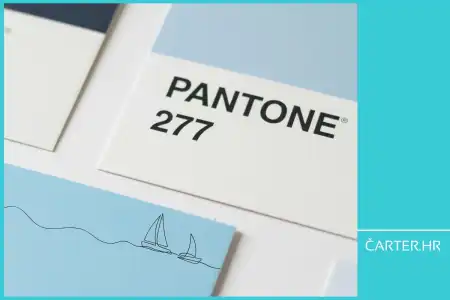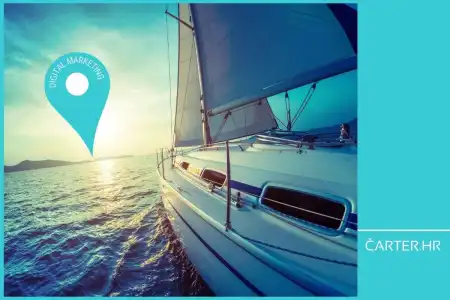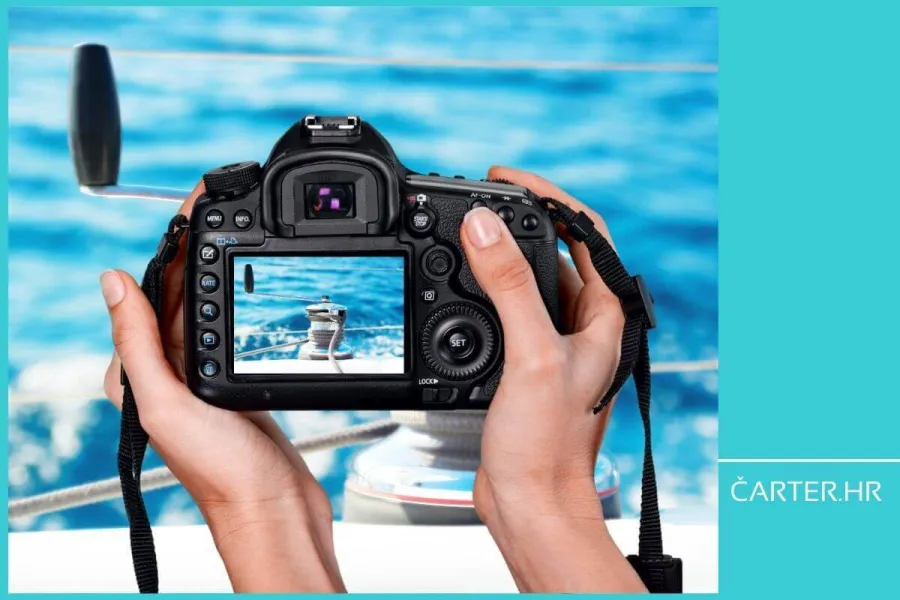
- 31.03.2025.
- News, Marketing, Technology
First impression in sales? Photos and videos (if you have them). You're unlikely to sell anything without good photo. And not just you, but anyone who is in sales. In any business, including yacht charter, you need to know that sometimes photography and video are the deciding factor. When potential guests are searching for boats, the first few seconds are crucial.
The visual aspect determines whether someone will even click on a yacht from the fleet.
If your photos and videos are not good and (to put it nicely) of unfortunate quality, your potential guests will go elsewhere. To someone with at least prettier photos. In other words, to your competition.
Professional, high-quality images and videos make a big difference.
Poorly lit or blurry photos give an impression of carelessness. Every frame should show a reason why someone would choose your yacht.
What kind of bad photos reduce interest:
- Blurry and dark interior photos and videos
- Photos taken from a poor angle
- Images and videos with cluttered or untidy surroundings
- Photos that are not in high resolution or are distorted
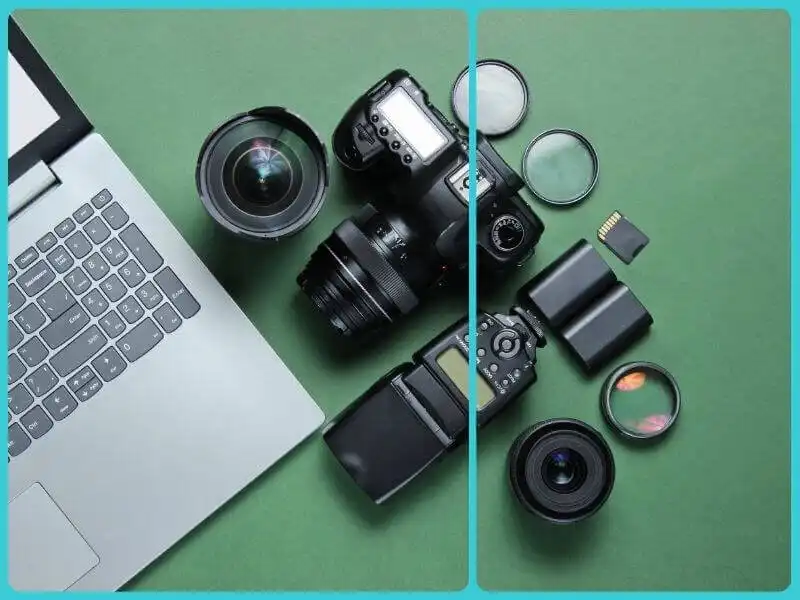
Yacht and boat photography – The difference between average and top-quality images
Photographing boats is much more demanding than most of us think. It takes much more effort and talent than just “clicking a button.”
It’s necessary to know how to set up and/or recognize proper lighting, choose the right lens, and use the correct camera settings. And that’s just the technical part.
You also need to have “the eye” – to see what others don’t.
Shooting from various perspectives provides a better overview of the actual dimensions of the vessel.
For example, aerial shots using a drone will best show the layout and size of the deck, while shooting from water level further emphasizes the lines of the hull and creates a more dynamic composition.
Choosing the right lens is essential for achieving a realistic perspective.
Standard wide-angle lenses from 16–35 mm are excellent for showing spaciousness, but excessive use can cause distortion that alters the perception of the yacht’s actual dimensions. Lenses from 70–200 mm allow for capturing details from a distance without distorting proportions.
Properly balancing exposure is also important. When shooting on the open sea, sunlight reflections on the water can overexpose parts of the image. Using polarizing filters helps reduce glare and improve color contrast, resulting in a visually more appealing and professional outcome.
Elements that enhance photo and videos quality:
- Proper use of natural light
- Using a tripod for stable and sharp images
- Shooting from multiple angles for better presentation
- Avoiding optical distortions by using the correct lenses
- Using a drone for aerial shots
- Using polarizing filters to reduce glare
- Post-production editing to improve color and white balance

Interior and exterior of the vessel – how to present them in the best way?
Interior photos and videos must convey everything your fleet represents – comfort, functionality, luxury...
It is good to use wide-angle lenses, but in moderation – excessive distortion can make the space appear larger than it really is, which may later disappoint guests.
Natural light provides warmth and airiness to the space, while improper use of flash can create harsh shadows and an artificial look.
In addition to the room itself, it is important to capture details such as high-quality materials, lighting, and decorative elements.
Reflective lacquered or glass surfaces can cause glare that reduces quality. In such cases, exposure balance is significantly improved by using diffused lighting or placing reflectors with soft light.
For best results, it is recommended to avoid using automatic white balance as it can distort the tones of wood or fabrics.
Tips for photographing interiors and exteriors:
- Remove unnecessary items and excess equipment
- Photograph during the "golden hour" when the light is soft
- Use reflectors to fill in shadows
- Pay attention to glare and control it properly
- Capture details that highlight the quality of the interior
- Adjust white balance for a natural tone display
The yacht’s exterior looks best when lighting conditions are optimal.
Early morning and late afternoon provide soft, warm light that emphasizes the yacht’s lines and materials. Midday sun can be too intense and create unpleasant reflections, while rainy or cloudy days can give the photos and videos a grayish and lifeless tone.
Best moments for photographing the exterior:
- During sunrise or sunset
- When the sea is calm for reflections
- On days with light clouds that diffuse light
- When the yacht is on the water instead of on dry dock
- Photographing the yacht in motion, with the crew on deck or sails raised, creates a more attractive impression than static photos in the marina
- The combination of interior and exterior through photographs can tell the story of the sailing experience
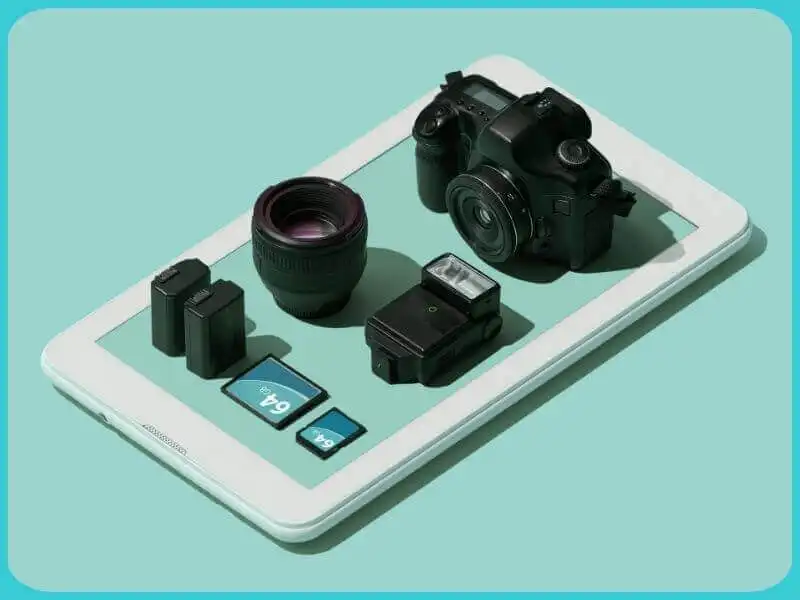
What are the best photo formats for websites and social media?
We all know that poor-quality photos can ruin the user experience, slow down website loading, or appear cropped and blurry on social media.
If you want your yachts to look flawless across all platforms, it is important to use the appropriate image dimensions and formats.
Each platform has its own requirements, and here is how to achieve the best results:
- Websites: JPEG in high resolution but compressed to speed up loading (ideally under 300 KB per image). For transparent images, such as logos or graphics, use PNG. The new WebP format is an even better option because it offers high quality with smaller file sizes.
- Instagram (Instagram algorithms may compress images, so it is better to use high quality when saving to minimize the loss of sharpness):
- Portrait: 1080 × 1350 px (ratio 4:5)
- Landscape: 1080 × 566 px (ratio 1.91:1)
- Instagram Stories and Reels: 1080 × 1920 px (ratio 9:16)
- Profile picture: 320 × 320 px (displayed in a circle)
- Carousel posts: same dimensions as feed posts (1:1, 4:5, or 1.91:1) - Facebook: 1200x630 px for links, 1080x1350 px for images. Facebook compresses photos, so it is recommended to export them in PNG format to retain as much detail as possible.
- Pinterest: 1000x1500 px is the ideal ratio because vertical photos are the most effective on this platform.
- LinkedIn: 1200x627 px for link posts, while 1200x1200 px is recommended for image posts.
- Google Business: 720x720 px or larger, but always under 5 MB, to ensure fast loading and proper display in search results.
Photos of yachts on the web should be optimized to retain quality without slowing down the site. Oversized images can negatively affect SEO and the user experience, while poor resolution can appear unprofessional. Proper compression and format selection can significantly improve performance.
Tip: always test how the photos look after uploading because some platforms additionally process images.
Photography mistakes and why you shouldn't "steal" photos?
Poor-quality photos can degrade even the best fleet.
Improper framing, poor exposure, and inadequate editing can reduce the yacht’s appeal and turn away potential guests.
Here are the most common mistakes you should avoid:
- Using the "fish-eye" effect – distorts proportions and creates an unnatural look of the space.
- Low photo resolution – images appear unprofessional and unattractive.
- Poor exposure – overly dark or overexposed images do not show the yacht in the right light.
- Bad framing – if the yacht is not properly positioned in the frame, it can reduce its visual impression.
- Messy interior and exterior – scattered cushions, untidy deck, or dirty windows leave a poor impression.
- Cluttered scenes – unnecessary objects in the frame distract attention and reduce the feeling of exclusivity.
- Poor timing – midday sun can create harsh shadows and reflections, while dusk results in images that are too dark.
Why shouldn't you "steal" photos?
You may think no one will notice if you use images that aren’t yours, but trust us – they will.
People quickly recognize generic photos that repeat across various websites and social media platforms.
And if someone realizes that the yacht they’re booking doesn’t look like the one in the photo, trust in your service disappears.
In addition to damaging your professional image, using someone else’s photos without permission can also lead to legal issues.
Photos are copyrighted works and are protected by intellectual property law. This means that the photo’s owner has the right to demand its removal and even file a lawsuit seeking compensation for copyright infringement.
Imagine someone using pictures of your yacht to promote another offer – you surely wouldn’t like that. The same principle applies in reverse.
Authentic images of your yacht in the right setting say more than any description, and they are also the legal and proper choice.
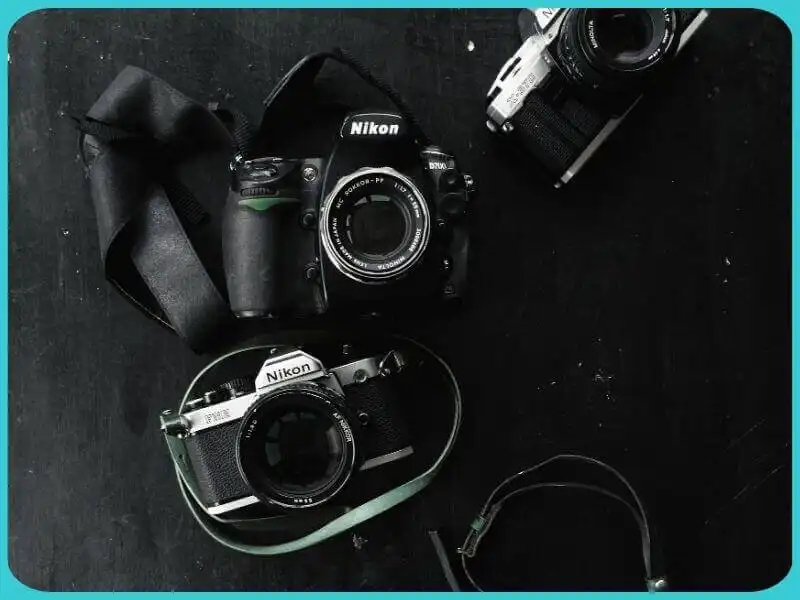
Mobile phone or professional photographer? When is it worth investing
Smartphones today offer high resolution and advanced cameras, but can they really replace a professional photographer?
If you want a quick post on social media, a shot from a quality phone might work, but for a serious presentation of your offer – professional equipment and experience make a huge difference.
A professional photographer uses better equipment and understands the technical aspects of shooting – from proper lighting and camera settings to composition and image editing.
Phones often have automatic settings that try to “guess” the best light balance, while a professional photographer knows how to adjust exposure, colors, and contrast so that every vessel looks flawless in all conditions.
When to use a mobile phone?
- For quick posts on social media – stories, Reels, or short video content
- If you are shooting details in good light – natural lighting can hide the flaws of the phone camera
- When the main focus is authenticity rather than technical perfection – real, everyday images often resonate better on social media
When to hire a professional photographer?
- For photos and videos that will be used on a website or in brochures – image quality must be top-notch
- If you want aerial or underwater shots – drones and underwater cameras provide added perspective
- For night shots or high-contrast scenes – professional equipment handles challenging light conditions better
- For creating a consistent, luxurious visual identity – branded images must be consistent and carefully edited
- Investing in professional photography is not an expense – it’s an investment in your company’s presentation and a higher conversion rate.
- If you want your offer to look premium, the answer is clear – it’s worth investing in a professional.
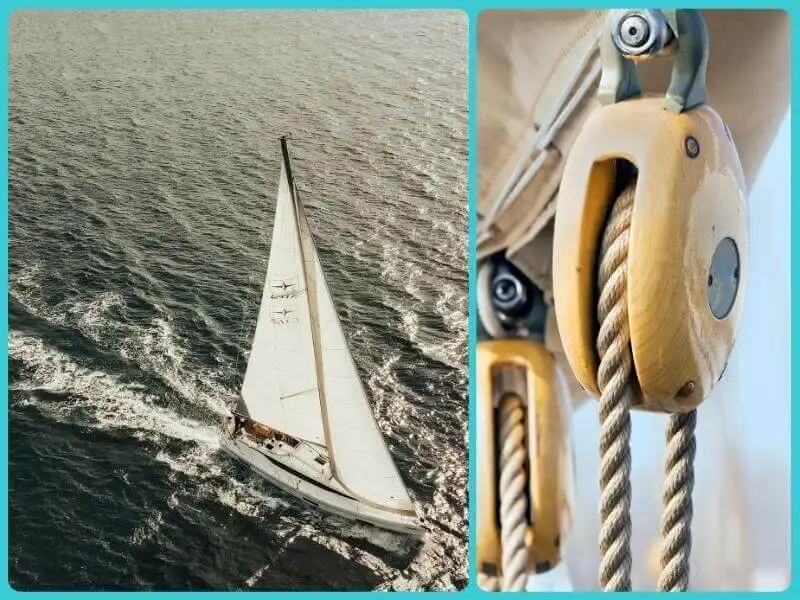
Why is context important? What to capture?
A yacht at sea leaves a completely different impression than a yacht at the dock. Shooting in an appropriate environment contributes to the attractiveness of the image – and the Adriatic definitely offers countless beautiful locations.
But it’s not all about the size of the yacht and the landscape – it’s the details that sell. Images of handcrafted teak on the deck or navigation instruments can convey the luxury and precision of the yacht’s build. Cushions in the salon, neatly arranged towels on the sunbeds, a cocktail on the table – all these elements create an atmosphere of relaxation.
A good photo can also capture sun rays reflecting on the water, the play of light on the yacht’s glossy surface, or drops of sea spray left in the wake.
These details are often a more powerful selling tool than any text description, as they immediately evoke emotion in potential guests.
Photos and videos that show people create an emotional connection.
Images of smiling people in a relaxed atmosphere will encourage potential guests to imagine themselves in the same place.
When all these elements come together – an impressive vessel, the perfect backdrop, and selected details – we get images that inform, but also inspire.
Don’t let poor photos and videos cost you.
Your fleet deserves the best – professional images that grab attention and increase conversions. Present your offer on čarter.hr and stand out. 
Categories of trends
- News
- Sale
- Marketing
- SEO
- Web design
- Social media
- Technology
- Regulations
- Management
- Education
- Finances
- User experience
Newsletter
Sign up for the newsletter and receive the latest trends and tips straight to your inbox


